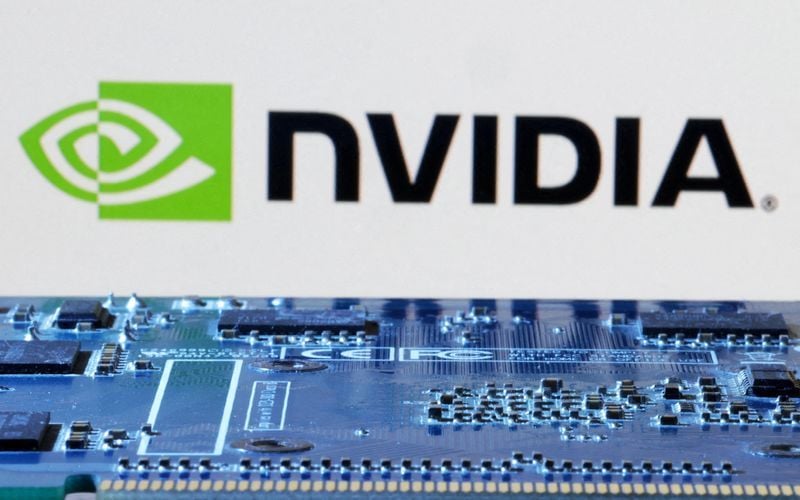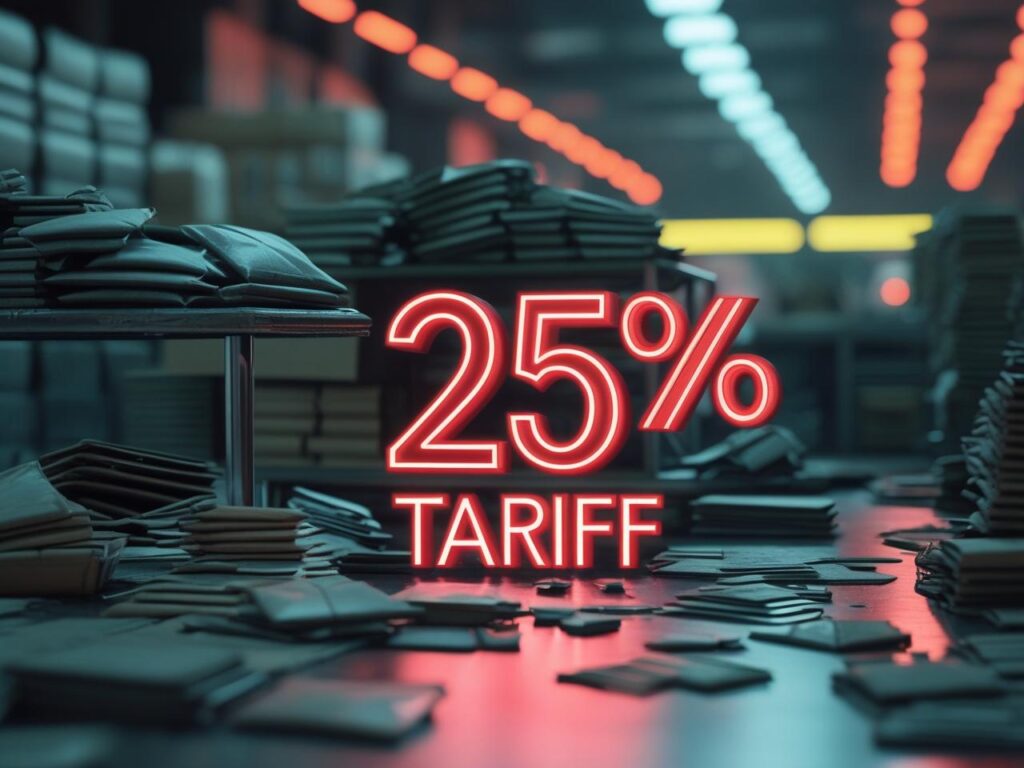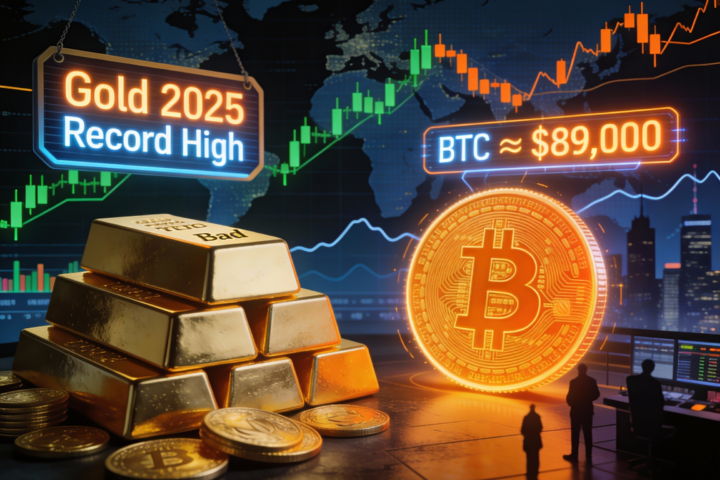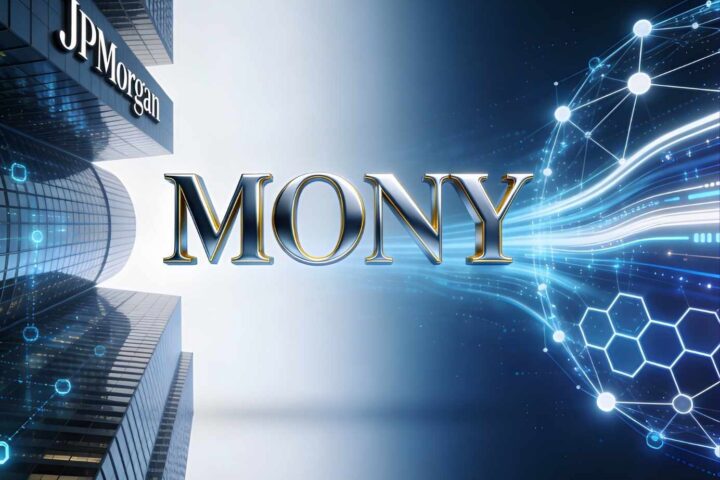Nvidia Orders 300,000 H20 AI Chips for China Amid US Policy Reversal
Amid a fluctuating landscape of US export controls, Nvidia has placed a significant order with TSMC for 300,000 H20 AI chips, according to sources reported by Reuters. This move signals a strong bet on the Chinese market after a recent reversal of US policy that had effectively banned the sale of these chips, notes Mitrade.
Background: The H20 chip, designed specifically for the Chinese market after earlier restrictions, represents a less powerful alternative to Nvidia’s top-tier processors like the H100, says Mitrade.
Production and Inventory: This order will add to Nvidia’s existing inventory of 600,000 to 700,000 H20 chips. However, concerns remain about the timeline for full-scale production. Nvidia CEO Jensen Huang has indicated that restarting the supply chain could take up to nine months, according to Mitrade.
Factors Driving Demand in China: The demand for H20 chips in China is robust, driven by the increasing deployment of AI models, including the cost-effective offerings from DeepSeek, explains Bisinfotech. Chinese tech giants like Tencent, ByteDance, and Alibaba are leveraging these chips to power their AI workloads, notes WinBuzzer.
Geopolitical Context: The US government’s decision to allow H20 sales is intertwined with ongoing trade negotiations with China, particularly concerning rare earth magnets, says WinBuzzer. However, this decision has faced criticism from US lawmakers who worry about enabling China’s AI advancements, notes BusinessLine.
Export License Uncertainty: Despite assurances from the Trump administration, the necessary export licenses from the US Commerce Department have not yet been formally approved, reports WinBuzzer.
Implications: Nvidia’s decision to order these chips underscores the company’s commitment to maintaining its presence in the Chinese market, even amidst political complexities, concludes WinBuzzer. However, the situation remains fluid, with ongoing debates about US-China trade and technology policy.
This developing story reflects how business strategy and geopolitics are now inextricably linked in the AI era. Stay tuned with DF Media for more global tech and trade insights. Also, explore related articles like India-UK FTA 2025: Landmark Deal and OpenAI’s Public Sector Alliance in the UK for more international business updates.







